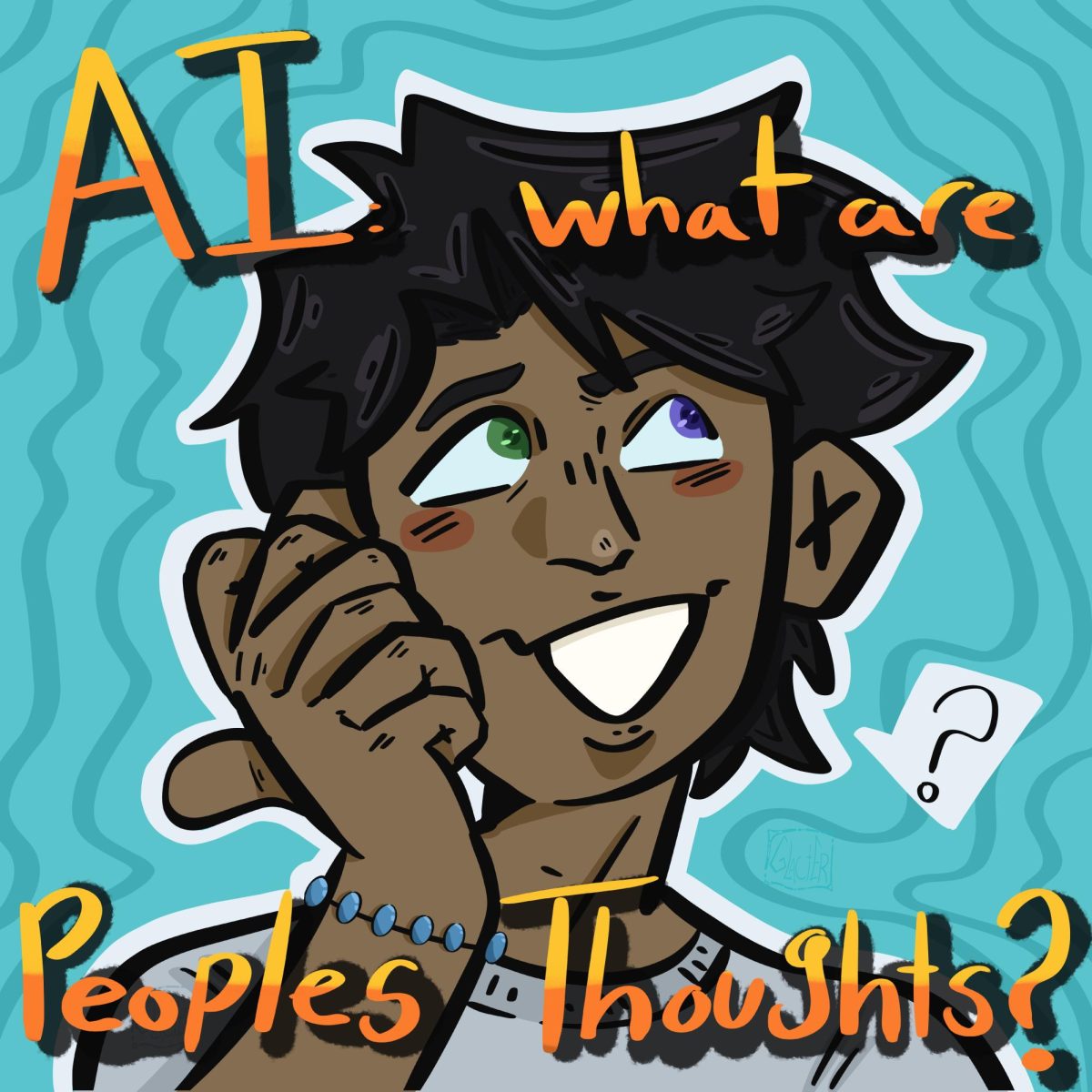In anything in which humans are involved, there will be flaws, especially in the justice system which is more or less based entirely off of human opinions and trust.
Trust, if anything, is the biggest hindrance to mankind because as humans we often allow that trust to those who do not deserve.
That is how mistakes are made and often mistakes lead to people getting hurt or even killed.
So then what are you supposed to do if the hurt person or persons in question are connected to you? Or even is you? In most cases, you would do nothing because you can do nothing.
Brian Azzarello and Eduardo Risso’s graphic novel series “100 Bullets” is about the people in power who do the hurting finally getting hurt back.
The mysterious Agent Graves travels about and delivers victims of humanity’s cruelty a package in which contains irrefutable evidence about who has hurt them and/or their loved ones, a gun, 100 bullets, and the promise that they can do whatever they want with the weapon and no one will stop them or punish them afterwards.
Simple, right? Except, most people do not possess the psychological ability to actually use that weapon on another human, regardless of how awful they might be.
That fact leads to the emotional depth of the graphic novel because the characters have to ask themselves if they are willing to sink as low as their targets and if after they do, they can ever live with themselves.
The first volume of the series, titled “First Shot, Last Call”, follows an ex-gang banger, Dizzy, right after she is released from prison.
However, while she was locked up, her boyfriend and young son were murdered in a supposed drive by.
However, on the day of her release, Agent Graves reveals to her that her family was murdered by two crooked cops so she must confront her remaining family, as well as the cops themselves, to hear for herself how she lost her loved ones. Once she does, she must decide if killing the ones responsible would be long awaited justice or simply vicious vengeance.
Assarello and Risso have definitely taken a page out of Alan Moore’s (the author of “Watchmen”) book with this psychological thriller, as many recent graphic novel authors have.
It seems that the new trend in graphic novels is to turn away from superheroes (although they will undoubtedly always be around) and instead force their characters into dark moral dilemmas, accompanied by the reader.
Maybe this says something about graphic novel enthusiasts; that we are more than just nerds in capes but actual literary critics that are about to handle emotional depth and moral destruction in their story lines.
Or that we are just, perhaps, sadists who like to watch characters wriggle in psychological trauma.
Paige Jurgensen Columnist
Paige Jurgensen can be reached at [email protected]






